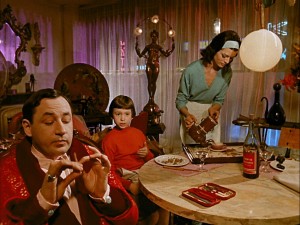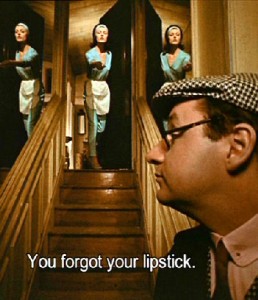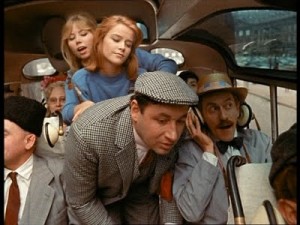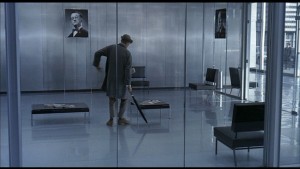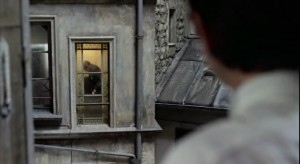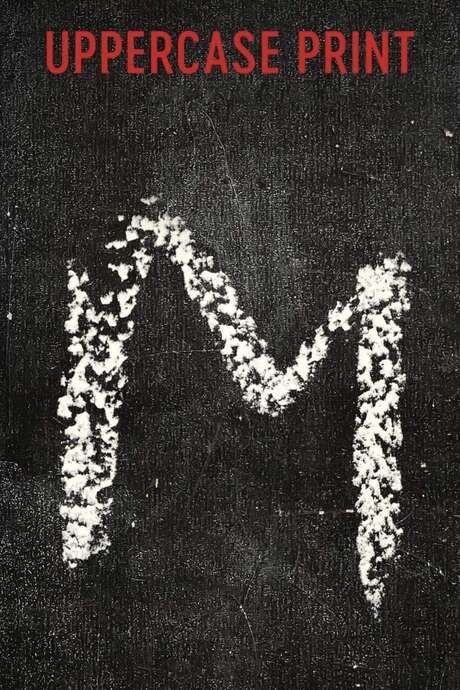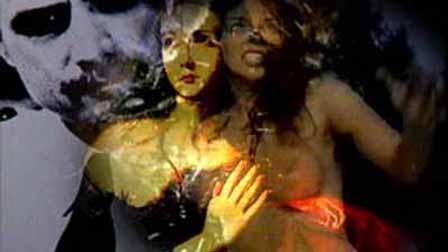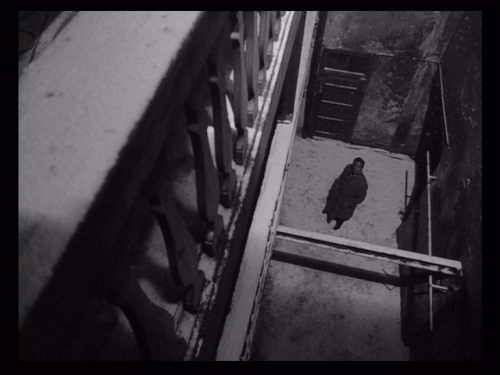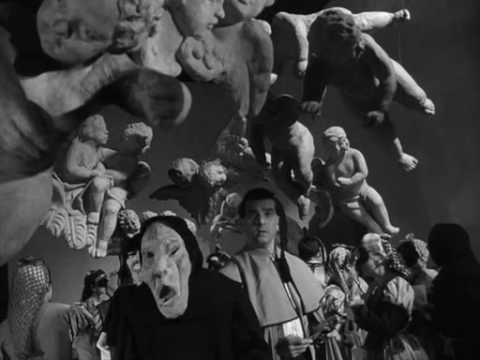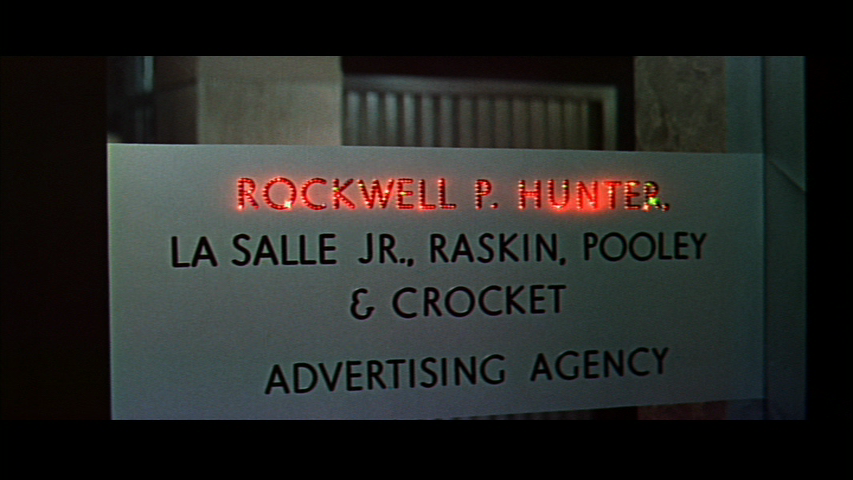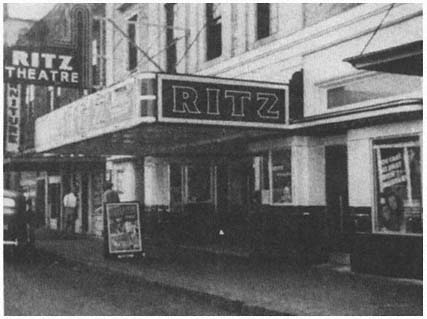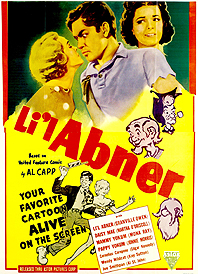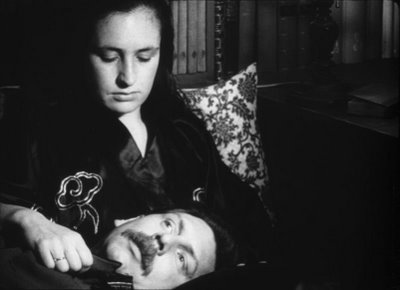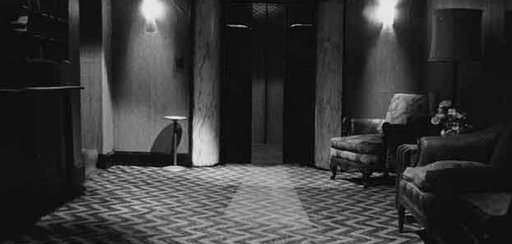From the Chicago Reader (May 1, 1988). — J.R.
Arguably Louis Malle’s best work (1960). Based on Raymond Queneau’s farcical novel about a little girl (Catherine Demongeot) left in Paris for a weekend with her decadent uncle (Philippe Noiret), this wild spree goes overboard reproducing Mack Sennett-style slapstick, parodying various films of the 1950s, and playing with editing and color effects (the cinematography is especially impressive), all in an effort to create equivalents to Queneau’s extravagant wordplay, though gradually it becomes a rather disturbing nightmare about fascism. Forget the preposterous claim by at least one critic that the movie’s editing influenced Alain Resnais, but there’s no doubt that Malle affected Richard Lester — and was clearly influenced himself by William Klein, credited here as a visual consultant and responsible for much of the wide-angle look. A rather sharp, albeit soulless, film, packed with ideas and glitter and certainly worth seeing. In French with subtitles. 93 min. (JR)

